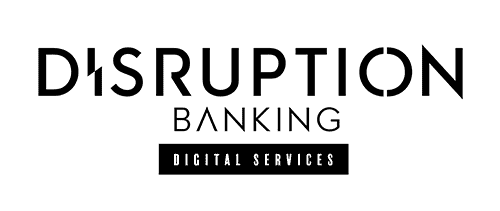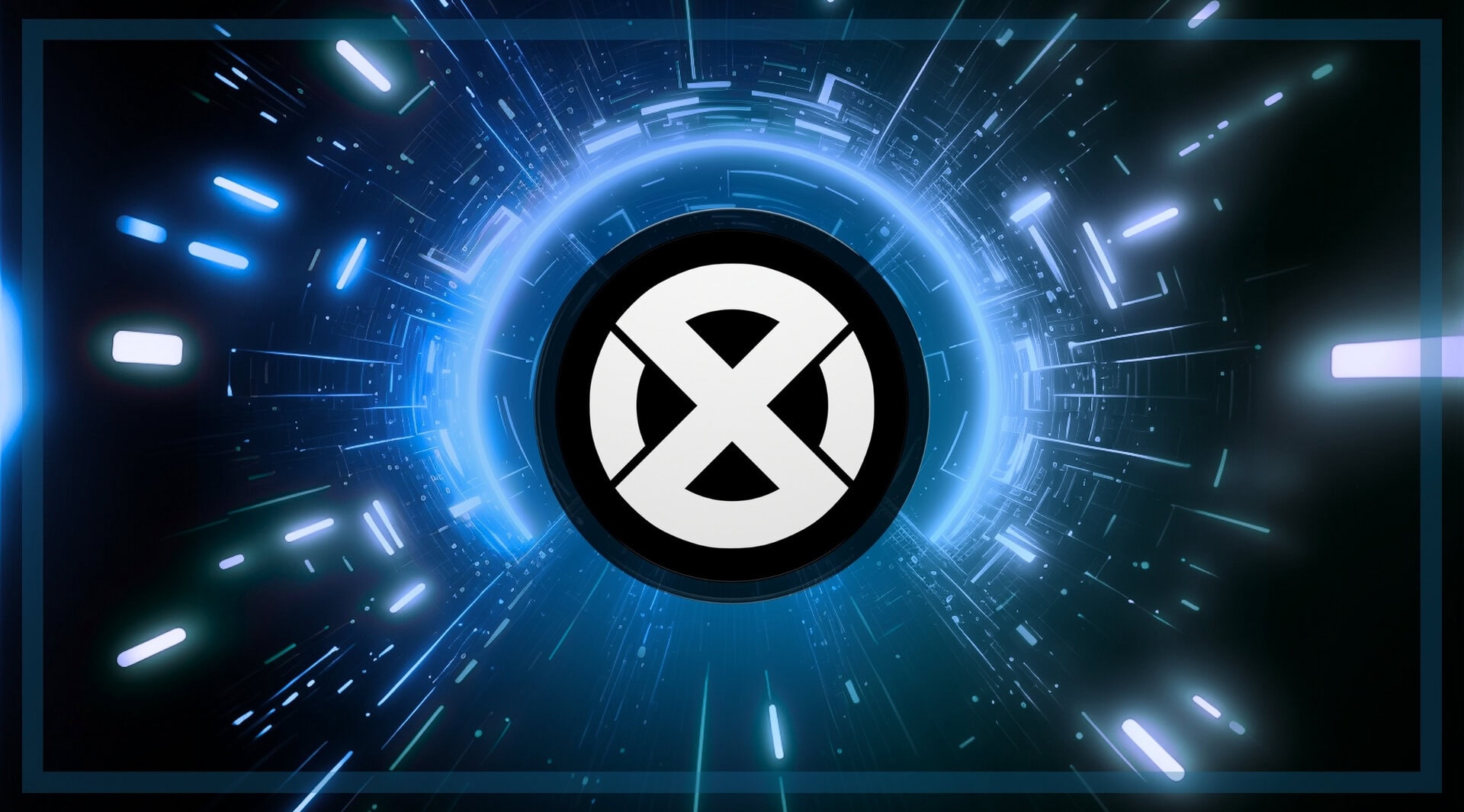Our readers will be familiar with Solana being the Ethereum killer. We have mentioned this before here at DisruptionBanking. But what we haven’t mentioned much is what happened to Facebook’s Libra, Diem, or what will be known as Zuckerberg’s blockchain project. For those of you in the ‘know’, you may be aware that SUI has its roots in the Diem project. Others in the know will have heard of SUI being referred to as the ‘Solana killer’. Today we look at how strong will SUI be in 2025.
It was a beautiful dream, some might say. But Facebook’s blockchain project was doomed to failure. Distrust, regulation, maybe it was just too early? Facebook’s Libra, or Diem is dead. But the initial work taken on at the tech giant hasn’t completely disappeared.
Some of our readers might be familiar with Christian Catalini who we mentioned in a story back in 2021. Catalini was the Co-founder of Diem. Our readers may not be familiar with Evan Cheng though, who is important to our story today.
When Diem was sold to Silvergate in 2022 it was for a total consideration of $182 million. Following the sale some of the Diem team responsible for the Novi wallet also set out to setup on their own. Led by Evan Cheng, several members of the Novi wallet team went on to create a project named Mysten Labs.
The team at Mysten Labs use Move, the blockchain programming language developed at Meta for Diem. Move uses the idea of resources, drawn from linear logic, to guarantee that elements are never copied or discarded. It is much safer than other blockchains, and it is a key language necessary to build out the DeFi ecosystem.
What is Mysten Labs and the SUI Foundation?
The creator of the Move programming language is a chap called Sam Blackshear. Sam is also a Co-founder of Mysten Labs and works together with Evan Cheng. In March 2022 the two gentlemen, with the support of the other key team members at Mysten Labs, launched SUI.
Mysten Labs is described as the place where the brightest minds solve foundational problems to create tools for the future. The company makes web3 secure, reliable and ready for mass adoption. It is not the same as the SUI Foundation.
The SUI Foundation is an independent organization dedicated to the advancement and adoption of AI. It is based out of the Cayman Islands and its work is focused on developing the SUI ecosystem. Both Mysten Labs and the SUI Foundation are key in advancing the interests of the SUI token and the wider DeFi ecosystem.
Is SUI a Solana Killer?
SUI is very different to what one has come to expect from a Layer 1 blockchain. It sets itself apart from earlier blockchain ecosystems by allowing parallel processing of transactions and horizontal scaling, which allows it to maintain low transaction costs. SUI operates on a delegated proof-of-stake consensus mechanism and has an upper limit of 10 billion SUI tokens.
The SUI token has been an attractive token amongst ‘crypto bros’. Justin Sun, Tron’s founder, was one of the early investors. Later, Sam Bankman-Fried’s FTX also invested in SUI. It was even reported that FTX Ventures invested in Mysten Labs.

When it comes to interest in SUI, Andreessen Horowitz is an investor in SUI. During Series A and B funding rounds SUI has collected over $336 million in capital. Franklin Templeton and Coinbase Ventures have all put their money into the potential Solana killer.
However, there is one more place where SUI is really making a difference. Crypto gaming through using crypto hardware. In this case the SuiPlayoX1 Handheld. By using the SUI blockchain, players will be able to own NFTs that dynamically change based on in-game progression. The game also promises to abstract gas fees and wallet creation away from the player.
Pre-orders for the gaming device opened up in September 2024 at $599.
A @SuiNetwork gaming handheld is coming from @Mysten_Labs and @PLAYTR0N. It'll have deep Sui integration, play PC and other crypto games, and come with token incentives. Click to read via @ggDecrypt: https://t.co/XkqeNvcuH4
— Decrypt (@DecryptMedia) April 10, 2024
The SUI blockchain is arguably faster than the Solana blockchain. It can potentially process 297,000 transactions per second (TPS). Solana has reached as high as 65,000 TPS during testing. Another reason that SUI is ahead of the game is due to Mysticeti. This innovation – a Byzantine Fault Tolerant consensus protocol – builds upon the accomplishments of the Narwhal-Tusk consensus algorithm. It also significantly decreases complexity and optimizing resource use. It makes SUI even faster.
How Revolutionary is the Move Program Language?
The significance of the Move programming language can’t be understated. It is one of the reasons that SUI has such as high TPS. Fundamentally, though, the Move programming language focuses on ‘objects’ and not on individual ‘accounts’. Most smart contract cryptos keep track of account balances. Move cryptos like SUI keep track of where objects are on the blockchain. One keeps an eye on your transactions, whilst the other monitors the objects that you interact with.
Sam Blackshear, Move’s creator left some of his thoughts about Move on the SUI page:
“On a computer, everything is just bits and bytes and can be freely copied. You want a language that gives you the necessary abstractions around ownership and scarcity, just like in the physical world. You want those basic safety guarantees. That’s what Move does and why we created a new language. These things are hard to recreate in other languages, including existing smart contract languages, and we wanted to design the entire language around providing these primitives so programmers can write code safely and efficiently and not have to reinvent the wheel every time they want to write some code.”
What are the Downsides to SUI?
SUI is more centralized than blockchains like Solana. It only has 108 validators. New validators need a minimum stake of 30 million SUI to be added to the list. As staking rewards are only around 3.29%, this is not much incentive (Solana offers over 7%).
The other concern is how the SUI Foundation is based out of the Cayman Islands. Bearing in mind that the Aptos blockchain is also based on the Move programming language. This may be a token to consider too. Both blockchains have their foundations registered in the Cayman Islands. Not Switzerland as has become popular of late.
How Strong Will SUI Be in 2025?
SUI has a maximum supply of 10 billion. This breaks down to 20% being allocated to early contributors. 50% to enhance the community through grants and research, 14% to investors, 10% to Mysten Labs, and the rest to community access programs.
When SUI was first launched in May 2023 it was selling over $1. Since then it has dropped to 40 cents in its first year, and to 46 cents in its second year. Today it is trading at around $4.73 according to Coinbase. Meaning that it grew more than ten times from its lowest point in 2024 to where it is trading today.
TradingView’s analysts are not bullish on the token as of today. However, the team at Motley Fool see things a little differently. Fool analysts rightly point to how SUI has performed better than bitcoin in 2024. It has also jumped to 12th by market cap in the list of cryptocurrency tokens. It may go even higher in 2025.
The release of the gaming device in 2025 will have a bearing on the price. And this is where its worth considering both Ethereum’s and Solana’s performance over the years. As SUI may perform similarly.
If SUI performs similarly to Solana’s SOL token, then investors could be in line for a market cap of SUI being near to $70 billion (where SOL is today). Clearly there will be a delay in SUI reaching this target, and it may take more than one year. However, the chances are that in 2025 alone the SUI token may reach between 3 times and 4 times what it is trading at today, with a long-term prospect of going to 7 times what it is trading at today. Today SUI has a market cap of $11 billion and it is still just warming up.
Elsewhere, Everything Crypto considers $10 to be a good price target for SUI in 2025.
The final thing to remember is that Facebook spent far more than we know on developing Diem. If SUI is really part of what is left, then it is already in a format that institutional investors will continue to be interested in. The early signs confirm this.
Author: Andy Samu
Disclaimer:
The editorial team at #DisruptionBanking has taken all precautions to ensure that no persons or organizations have been adversely affected or offered any sort of financial advice in this article. This article is most definitely not financial advice.
See Also:
What Will The Price Of Solana (SOL) Be In 2024? | Disruption Banking















